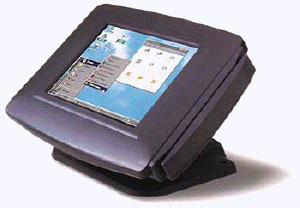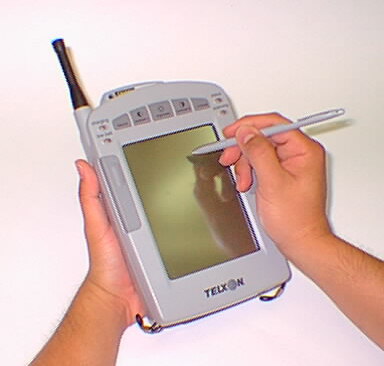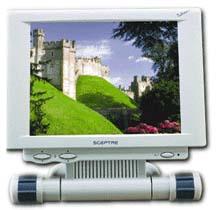| HA270 : Welcome : The Information System : Intro to Computers : On-Line Lesson |
|
|
LESSON OUTLINE ON INTRODUCTION TO COMPUTERS
I. INFORMATION PROCESSING
A. Input Phase
1. calculating
2. classifying
3. sorting
4. summarizing
C. Output Phase
1. feedback
2. interdependency
D. Storage
II. INTRODUCTION TO COMPUTERS (History of Computers)
A. Input Devices
Ergonomic Keyboard |
|
a. function keys
b. numeric and cursor
c. alphanumeric keys
d. special-purpose keys
2. mouse
3. touch-screen
Touch Screen |
 |
4. voice recognition and voice portals
Pen-based |
 |
5. scanners, bar-code readers, pen-based systems, and handhelds or personal digital assistants
 |
B. Central Processing Unit (CPU) (see Microprocessor Hall of Fame)
1. arithmetic/logic unit (ALU)
2. control unit
Computer Memory |
 |
Hard Drive History |
 |
1. hard disks and removable disks (zip and jazz drives)
a. storage capacity and requirements (bytes)
a. primarily used as a backup medium
3. floppies
a. floppy type (3 1/2) & storage capacity
b. vulnerabilities and uses
4. optical storage
a. CD-ROM/CD-I and CD-RW, MO, and DVD
D. Output Devices
1. printers
a. print quality
b. fonts
c. paper handling
d. print speed
e. printer types (See Overview)
1. impact: dot matrix
2. non-impact: thermal, inkjet, an laser
f. common printer problems
g. print driver and emulation
2. monitors
a. resolution
b. dot pitch
c. refresh rate
d. color
1. monochrome: green-screen, amber, and white
2. color:CGA,VGA, and SVGA
e. type
1. cathode ray tube
Flat Panel Display |
 |
2.flat panel display (LCD and gas plasma)
f. preventing the burning of images onto monitor screens
3. multimedia devices (see authoring tools)
When you have completed this lesson, go to the next assignment.
Send E-mail to Galen Collins
or call (928) 523-7333
Copyright 1998
Northern Arizona University
ALL RIGHTS RESERVED
